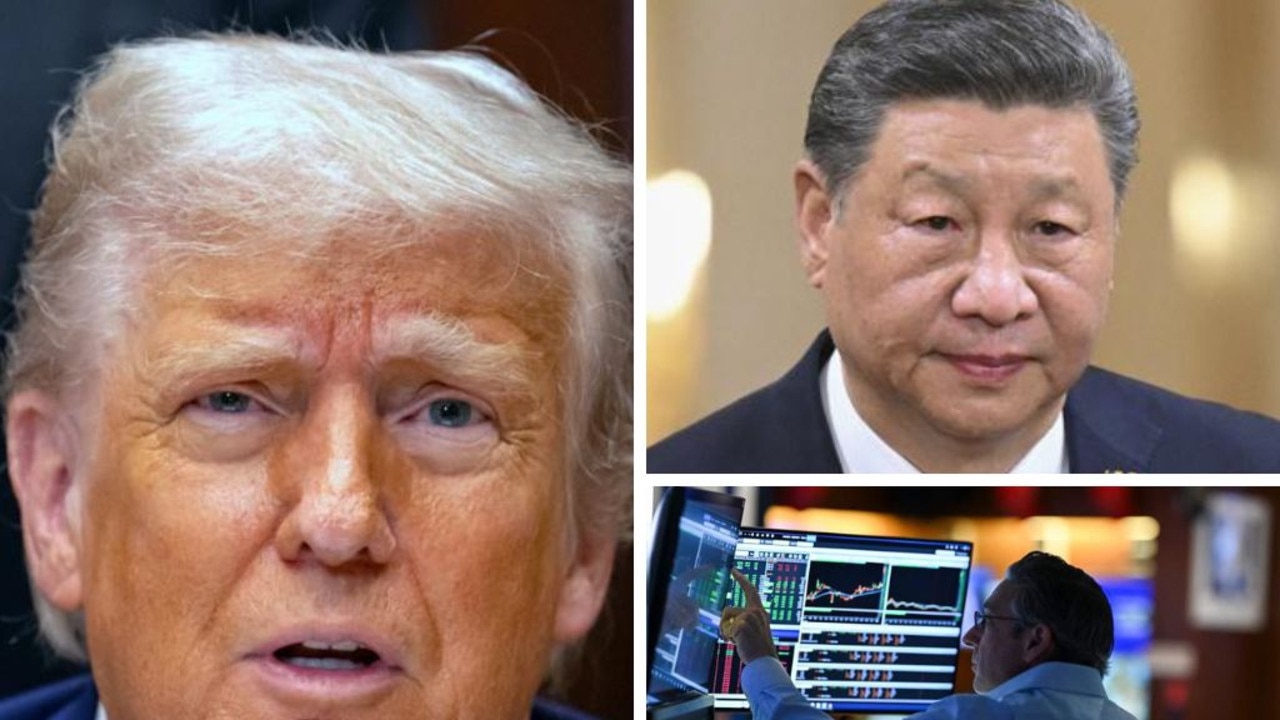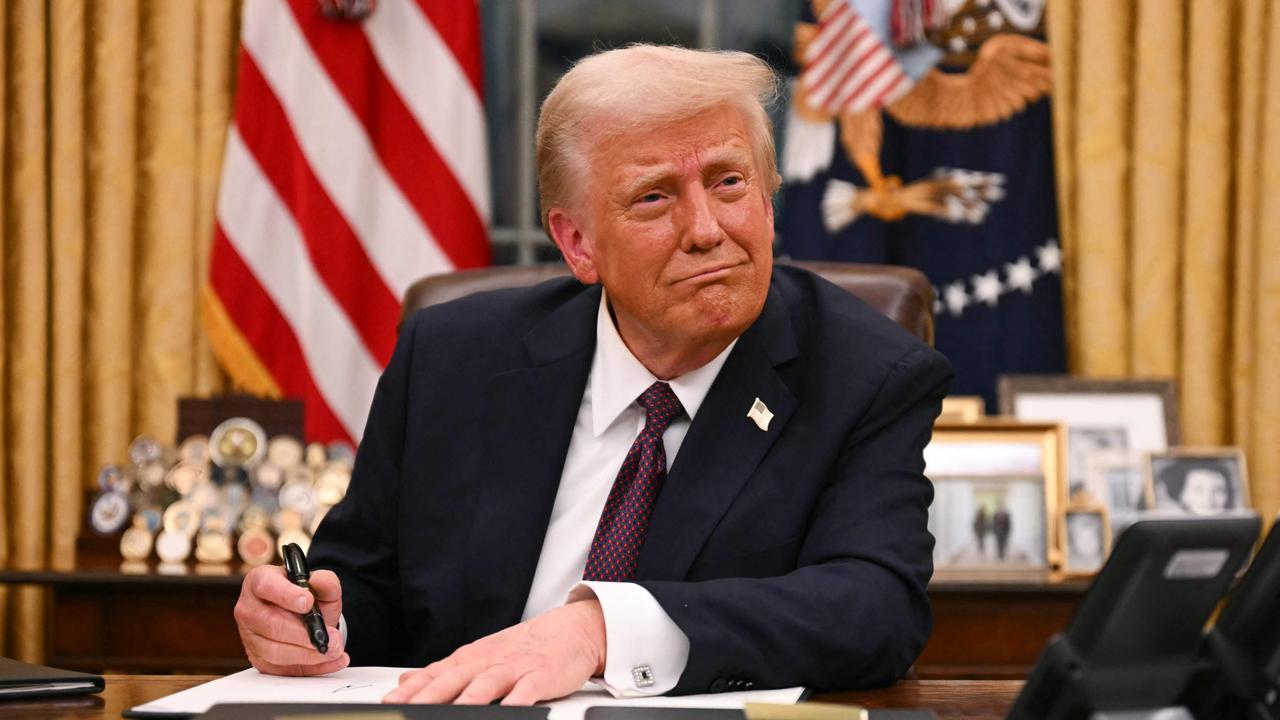‘What’s Melbourne got going for it nowadays?’: Betoota Advocate editor roasts Victorian capital
Australia’s “most liveable city” has become a shell of its former self and “everyone can see it except for them”, a commentator claims.
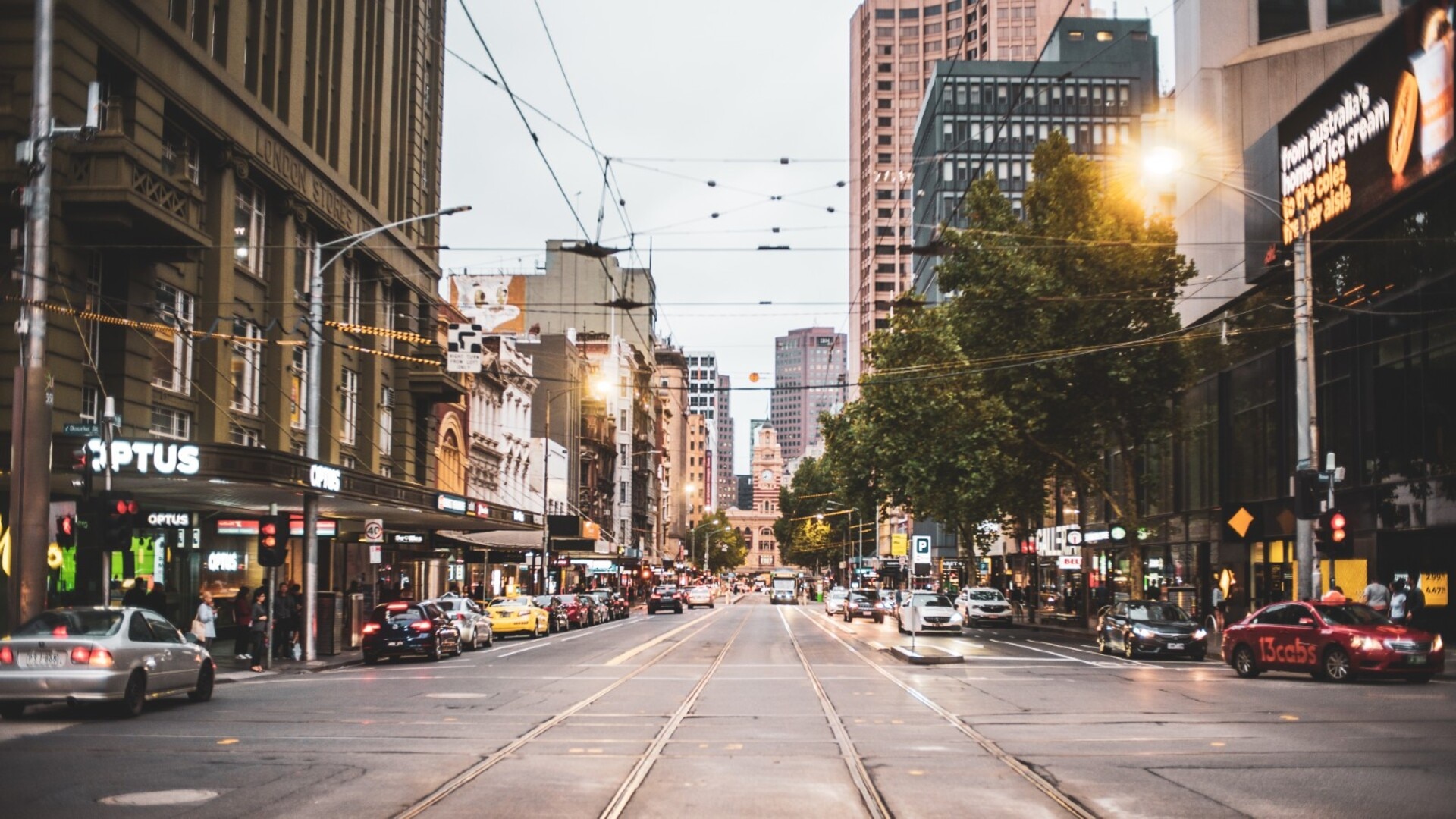
Economy
Don't miss out on the headlines from Economy. Followed categories will be added to My News.
Australia’s “most liveable city” has become a shell of its former self that is “haemorrhaging cultural capital” — and “everyone can see it except for them”, one commentator claims.
Betoota Advocate editor Clancy Overell shared a harsh take-down of Melbourne on LinkedIn on Monday, mocking the Victorian capital’s “unwarranted sense of national importance”.
“Poor old Melbourne really hasn’t recovered from those lockdowns have they,” Overell wrote.
“When your city is actually that ugly, you kind of need a thriving night-life to make up for the fact you don’t have a harbour or beach. Even the majestic Brown Snake that winds and sparkles its way through Brisbane city is an asset to the Queensland economy, despite the fact that it is extremely tidal and floods like every five years.

“But what’s Melbourne got going for it nowadays? A comedy festival that prioritises the niche-est subcultures that ever existed on Smith Street? A flash casino? I don’t even think they claim they have the best coffee anymore.
“One thing I will give them is that their pubs are all right. But if that’s your biggest strength, it’s usually a sign of a cultural deficit.
“The AFL is a hell of an experience, but it’s better at the Gabba or SCG anyway. Polo in Portsea? I dunno. A car race for rich Europeans?
“The fact remains, the city is covered in ‘For Lease’ signs because their once world-renowned hospitality operators have been driven into bankruptcy by a manipulated commercial real estate market that relies on unsustainably high rental yields (Ponzi scheme).
“The ‘Most Livable City’ is haemorrhaging the cultural capital that they once boasted after decades of masterfully navigating the intersection of sport, arts and dining.
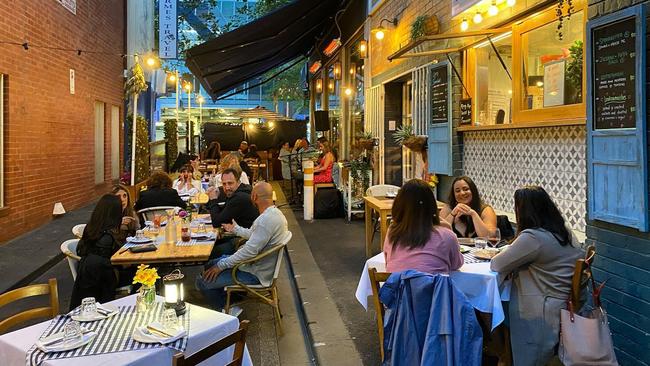
“At this point, all that Channel 9/CFMEU drama is the most interesting thing about the place.
“A Toronto-style ‘Vacant Properties Tax’ would be a good place to begin. Maybe they need to encourage more immigration from Greece or Italy again. Maybe they need to stop mythologising their schizophrenic weather patterns and focus on the night-life.
“They’ve lost their spark. And everyone can see it except for them.
“This is not a criticism of regional Victoria. This unwarranted sense of national importance is purely a Melbourne phenomena. The Goulburn Valley’s canned fruit industry plays a far bigger role in the lives of non-Victorians.
“Melbourne really needs to get it’s act together before they start measuring their d***s in a federal cabinet reshuffle.
“This isn’t ‘Power Without Glory’ — it’s more like ‘Power without Relevance’. What do you people really have to offer? Maybe focus on that.”
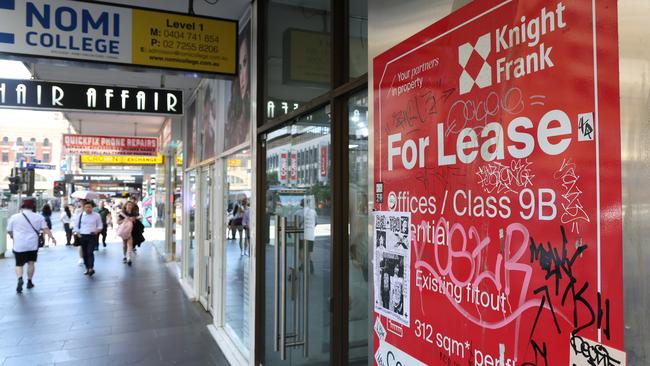
A number of locals agreed with the sentiment.
“As a born and raised Melburnian you pretty much nailed this and ngl it’s sad,” PR executive Felicia Coco wrote.
“Idk maybe if we keep taxing small biz to death it will get better? But one thing we do have going for us is the burgeoning tag/s**tgraff movement … it’s giving halfway-house core. Vacant-and-vandalised is the new booked-and-busy.”
Another added, “Ooof this hits hard.”
It comes after business leaders and politicians gathered at a symposium last week to discuss how to prepare for an influx of another 3.5 million people into Melbourne over the next three decades, as the population swells to nine million.
“[2050 Melbourne] is one where a nurse can afford to live close to work,” Premier Jacinta Allan told the gathering. “Where a student from overseas can feel part of our society, where people starting a business can connect with the world around them.”
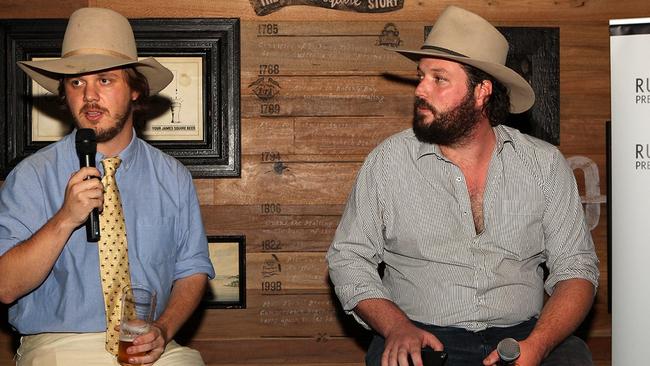
Among the “big ideas” put forward were “green bridges” full of plants and shrubs connecting skyrise buildings to keep people off the street, and “chatty benches” around the city where people can sit and talk to strangers, the Herald Sun reported.
But experts have warned that the city is already struggling to cope with the roughly two million extra residents added this century, leaving doubts about how it will manage the millions more coming.
“The huge challenges of population growth aren’t in the distance,” said Bob Birrell, president of The Australian Population Research Institute (TAPRI). “They are here with us.”
More congestion, a greater strain on infrastructure, higher demand for housing, an increase in cost-of-living and a decline in liveability are all on the cards, Dr Birrell warned.
The nation’s capital cities grew by a combined 427,800 people in the 2024 financial year, according to the latest Australian Bureau of Statistics data, marking a 2.4 per cent increase.
Melbourne led the charge, adding 142,600 people to its population in just 12 months, followed by Sydney at 107,500 people.

Net overseas migration accounted for the overwhelming majority of growth.
While economists largely welcome Australia’s booming population, which contributes strongly to the country’s fiscal stability, it comes at a cost.
“A rapidly growing population requires a huge infrastructure build,” Dr Birrell said. “Unfortunately, Victoria doesn’t have a great track record when it comes to infrastructure.”
The state is already facing an uphill battle in delivering the needs of Melburnians today, spending hundreds of billions of dollars on crucial projects. Some of them are either delayed or over budget — or both.
The state is forking out about $26 million a day in interest repayments on a staggering $188 billion worth of debt.
MacroBusiness chief economist Leith van Onselen said Melbourne was quickly transforming into “Hellbourne”.
“All Melburnians have felt the negative consequences of this population explosion,” he wrote.
“Infrastructure has become overburdened, congestion has increased, and housing quality has deteriorated as Melburnians have been squeezed into shoebox apartments or postage-stamp-sized lots on the urban fringe.
“What planet are these dills living on? There are no plans to develop the necessary infrastructure and services to cope with the projected 3.5 million population influx.
“Policymakers merely want to cram more people in and turn Melbourne into the megacity, Hellbourne.”
— with Shannon Molloy
Originally published as ‘What’s Melbourne got going for it nowadays?’: Betoota Advocate editor roasts Victorian capital



